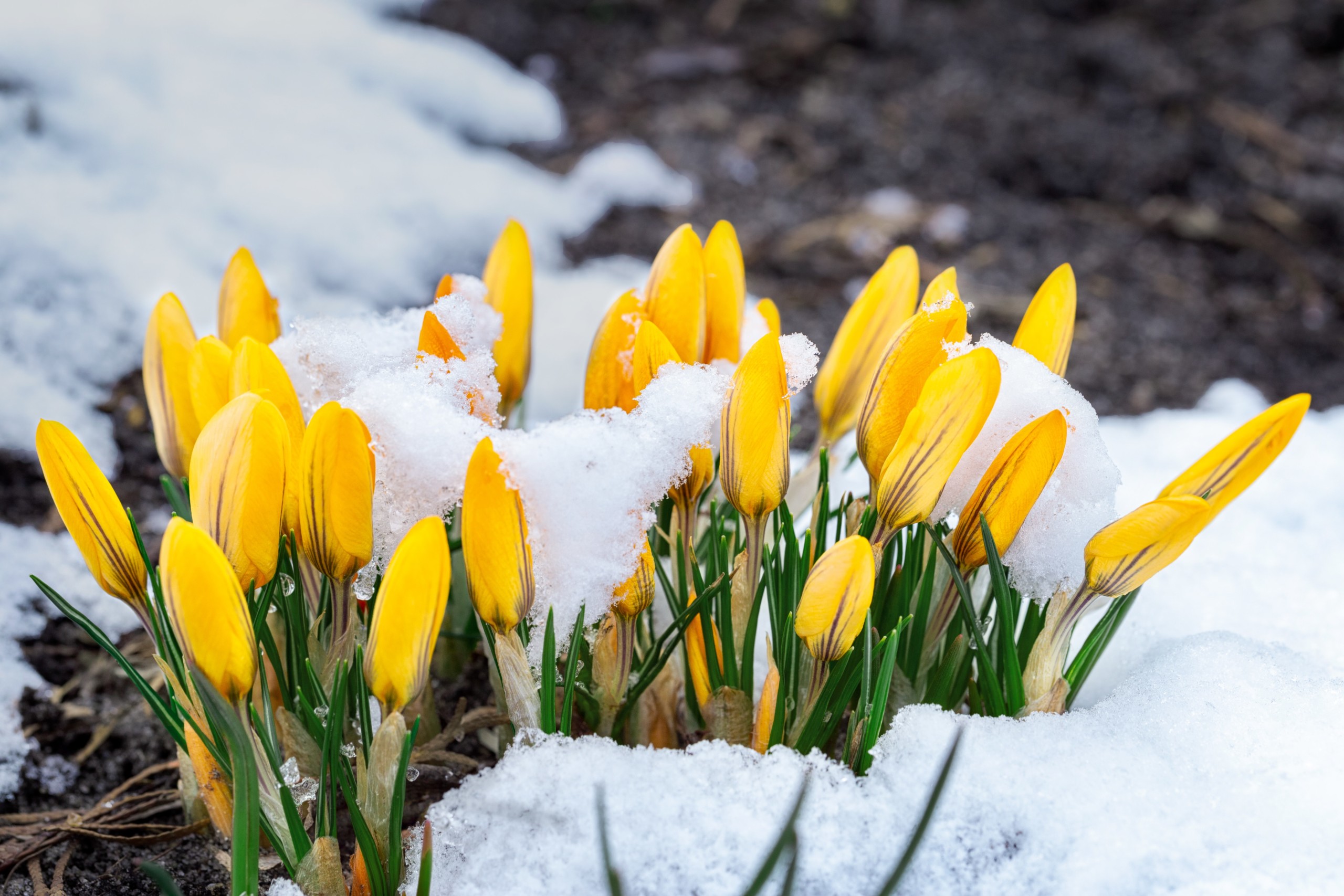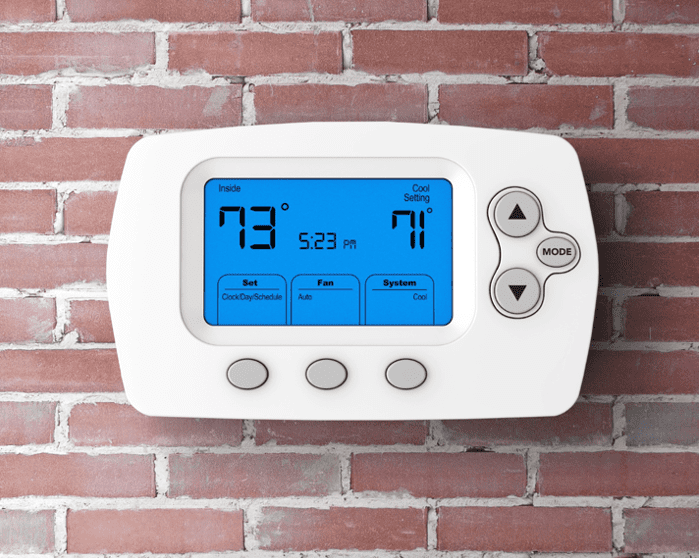For some homeowners, winter is the time for vacationing elsewhere, leaving their home behind along with the unforgiving weather. If you’re leaving your property empty for the long, frigid months of winter, you will need to de-winterize when you return. De-winterizing is exactly how it sounds—you‘re going to reverse whatever actions you took to winterize your property initially.
The best time to de-winterize is when spring comes back around. When the weather goes from snowy to subtly warm, you’ll have to prepare your house in order to complete essential activities like watering plants, tending to your garden, and even washing your car. Use these basic tips to reignite your property when the time is right.
Turn On The Main Water Supply
One of the first things you should do when de-winterizing your home is to reconnect your water supply tubes and pipes. If you disconnected these supply tubes before your departure, connecting them to your appliances and plumbing fixtures should be top priority. Once you’ve gone through every room, revisit all of your water-supplied appliances to ensure they are connected properly. Some of these water-supplied appliances include your water softener, water heater, and other utility appliances. Once that is finished, remove any aerators on the bathroom and kitchen faucets to remove buildup before turning the water back on.
After reconnecting your water supply tubes, it’s now time to turn the main water supply back on. Begin by slowly turning on the main water supply until it’s about halfway open. Usually, this valve is located at the main water pipe into your home. If there’s a utility sink near the main shutoff valve, it’s a good idea to turn on the sink’s shutoff valve and open the faucet as you gradually turn on the main water supply.
Activate Your Plumbing Fixtures
With the main water supply valve opened about halfway, tend to each plumbing fixture per individual room, opening the faucet on every fixture. Air will likely rush out of the faucet as trapped air in the pipes leaves. The first flow of water is usually a violent splash, but don’t be alarmed, as this is typical. When you notice the water running calm and steady, you can shut off the faucet. It’s important to find and check the fixture shutoff valves for leaks and apply pressure to any joints that are compromised.
Try checking all fixtures to ensure their water supplies have been restored. This includes water filters, refrigerator ice makers, your dishwasher and more. It’s also essential to test your toilets to make sure they are operating correctly. When toilet tanks sit for an extended period of time, the seals on the flush valves may harden, causing sealing problems at the end of every flush. Once you’ve confirmed that all of the fixtures are working properly, turn the main water supply valve on so that it’s fully open.
Plug In & Reassess Your Appliances
Another important step in the de-winterizing process is to reassess your most essential appliances. When you leave your home for an extended period of time, it’s logical to unplug your appliances during the winterization process. When you return, plug these appliances back in to restore a sense of functionality in your home. After plugging in your appliances, check for any possible flaws associated with natural wear and tear that can occur overtime. If you get home from your hiatus and notice issues with your appliances, see if you have any protected coverage.
If you don’t have coverage on your appliances and they are not working when you get back, you may have to consider purchasing new appliances. If this is the case, find replacements that are affordable and energy efficient to get the best bang for your buck. If funds are tight and you’re in the market for two or more new appliances, a home equity loan can help you find financial confidence in your search. This is a viable funding option because it has a lower interest rate than a credit card or a personal loan. Also, you can use the money to pay for other issues that may arise when de-winterizing.
Check Your Roof & Gutters
After extended months of inclement weather exposure, homeowners should check their roofing and gutters for any potential defects. Your roof goes through many different stages of weather in the winter and, when unattended, problems can arise. Revisit your roof to ensure that there are no flaws, crevices, or exposure to potential leaks that may cause problems on the interior of your home. Snow and water can be heavy, causing your roof to cave in if it lacks the stability to withstand this type of weather. If you do notice leaks inside your home when you get back, roofing repair or replacement should be a major consideration as you compare other issues in your property.
Similarly, your gutters can play another significant role in protecting the interior of your home from daunting weather conditions. Debris can build up in gutters while you were away which can negatively impact the regulation of water flow as it moves away from your roofing system. It’s essential to ensure your gutters are clear of any debris that could clog the downspouts. The ultimate role of the downspouts that are connected to your gutters is to carry water away from your home. If your gutters aren’t working properly, this can negatively affect the foundation of your home leading to further deterioration.
Reprogram Your Thermostat
Most homeowners use a programmable thermostat to regulate the indoor temperature of their home. When you leave your house for an extended period of time, programmable thermostat systems are adjusted to specific settings. Reprogram your thermostat to the proper season–in this case, spring. Try to adjust your interior temperature patterns to your current exterior temperature patterns.
Some homeowners may benefit from investing in a smart thermostat. A smart thermostat can help save energy while also being highly programmable according to your wants and needs. These thermostats can automatically change the temperature in your home based on your family routines without having to manually adjust the settings. Take matters into your own hands by reimagining the way you prioritize home comfort, especially after an extended absence.
When you return to your property in the spring, don’t feel overwhelmed by any issues that may arise once you get there. These tips are doable, especially for the typical homeowner. However, if you do run into any issues or problems when completing these tasks, connect with a professional to find peace of mind when re-evaluating your home.
Phil
CPS Heating and Cooling
You can always call on your extended family of dependable heating, cooling, and air quality experts at CPS Heating & Cooling.
Contact us anytime to set up a consultation or call us at 508-460-6691.









